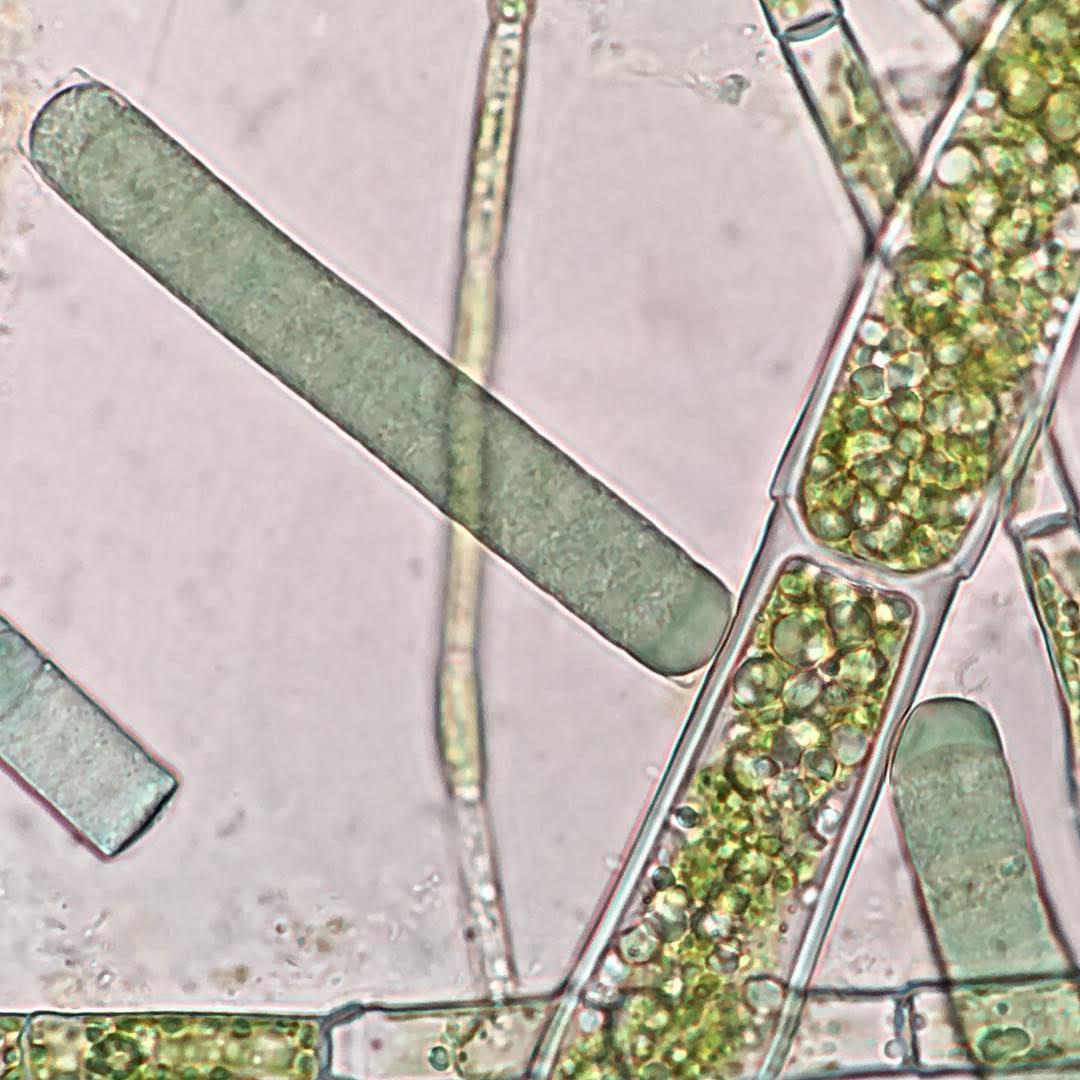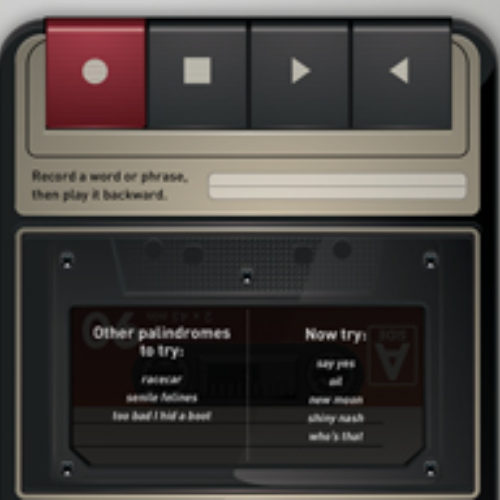Pondlife

A very close look at puddles, ponds, and potted plants.
The majority of Earth’s life forms, writes biologist Sally Warring, are microscopic, unicellular organisms. On her Instagram account, pondlife_pondlife, Warring documents these tiny creatures as they lurk in New York City’s puddles, ponds, and other bodies of water. Her feed is a miniaturized riff on Planet Earth.
Unicellular organisms, including bacteria and some algae, are lifeforms consisting of just one cell. Like most things, they become more interesting as you learn more about them and grow to appreciate their diversity. Unicellular organisms have evolved countless ways to form colonies, shelter themselves, and move. Cyanobacteria called Oscillatoria, found in the Loch at Central Park, live in clumps and move around a lot. Their shifting movement exposes all bacteria in each colony to light and resources. Diatoms from a potted plant’s soil grow glass shells that shield them from dehydration. Green algae called pandorina from Turtle Pond swim by clustering together and flapping their flagella.
Warring humbly notes that she uses her “iPhone strategically positioned above the eyepiece of a compound microscope” to record videos and photos. Her project’s charm is its demonstration of how accessible scientific study can be, even with limited tools. Like the best citizen science projects, Pondlife inspired me to observe my surroundings with more care.


